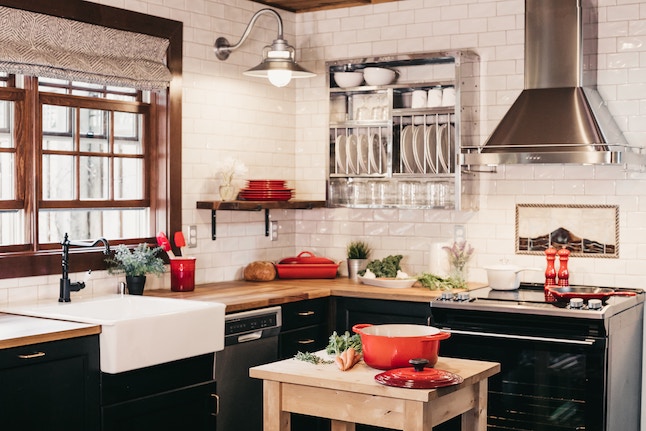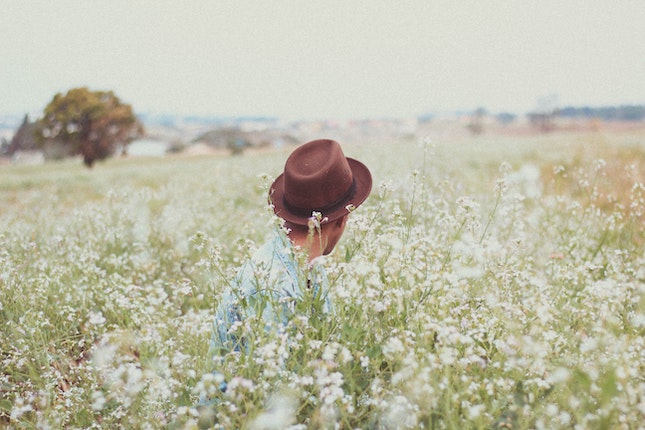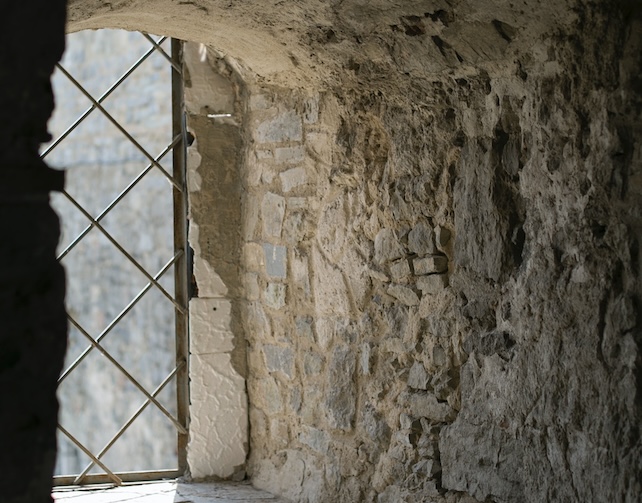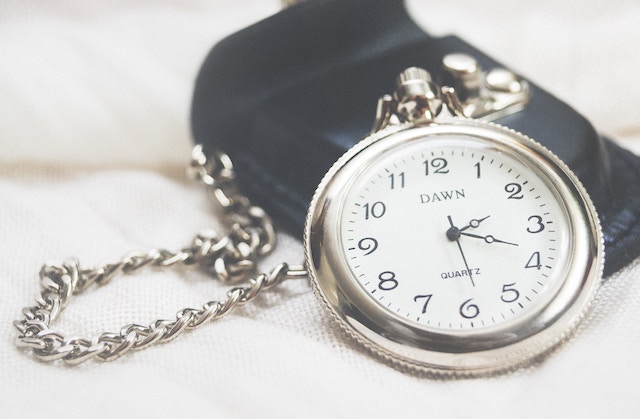Location Scout for Your Story

Set the Stage with Setting
Setting is a novel element that grounds your reader. Without it, your characters are floating in space. It acts like another character in your mystery, providing physical clues. But it also creates atmosphere, reveals character personal traits, and gives your reader a sense of place.
Filmmakers know how important setting is. They scout for the right location for each scene in the film. You can do the same thing for your story.
Every scene in your story takes place somewhere—a busy street in the afternoon, a dark and empty street at night, the protagonist’s kitchen, a suspect’s office.
When you plan out the action of a scene, don’t forget to plan the location.
Author P.D. James believed setting was the spark for a novel
Something always sparks off a novel, of course. With me, it’s always the setting. I think I have a strong response to what I think of as the ‘spirit of a place.’
You may not start with setting, but you need it every scene.
How to Scout Your Locations
Filmmakers hire people to find the perfect location for story scenes. You can do your own footwork.
Footwork
If your setting is local, get out with your camera and start collecting images for settings in your story. If friends have the perfect bedroom or kitchen for a scene, be brave with your writing life, ask if you can take photos.
Ask friends, both in real life and online like social media, for location ideas. Independent filmmakers do this with regularity. It works for authors, too.
Online
You may not have physical access to a location, but you can search online for images.
- Google Earth can take you just about anywhere for outdoor settings
- Google Images is a resource for ideas and specific images for both indoor and outdoor settings
- Scour real Estate sites like Redfin can supply both indoor and outdoor images for a character’s home
- Hotel websites have images of rooms as well as lounges, restaurants, bars, etc. along with details about amenities
- Local maps
The Story and the Scenes
Once you have a good idea of the overall setting for your story and know the location of each scene, use details to make your settings part of the story.
Rather than long descriptive passages focus on details.
- Your protagonist notices two or three items as he enters a room.
- Characters react physically to the setting. Let them feel the oppressive heat, or shiver uncontrollably on the icy street.
- Use setting details to trigger emotional reactions.
- Plant physical clues among the details.
- Use setting details to create obstacles for your protagonist sleuth.
Details bring the scene alive for your readers. They will empathize with the physical and emotional responses your characters experience. Your focus on the details enriches your reader’s sense of place. The details bring them into the story.
Long descriptive passages take readers out of the story. Practice breaking up a long paragraph and, instead, scatter those details throughout the scene. Your reader has a sense of being there, in the scene. Your setting will have a stronger impact than a long description.
Setting Research Pays Off In Your Story
The research you do for settings adds verisimilitude to your story. The details emphasize the unique place—not just any kitchen, but this character’s kitchen.
Setting pulls your reader into the story. The details make each scene come alive. Take the time to locate your settings and add specific details. Your readers will appreciate your work
Photo by Becca Tapert on Unsplash






